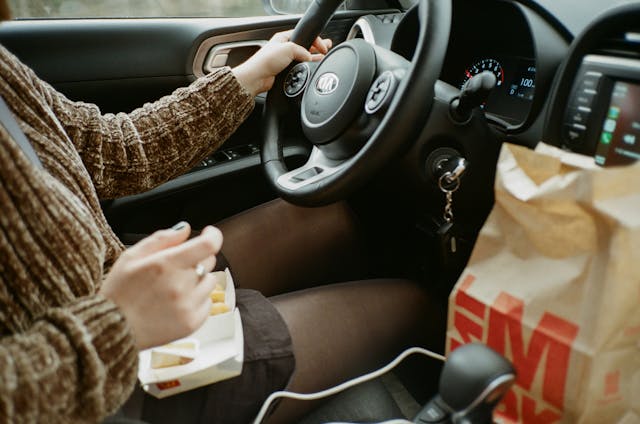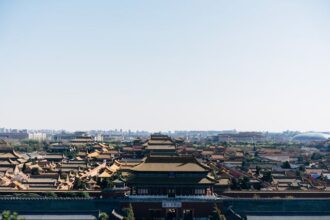Have you ever been more tempted to grab fast food for dinner after a long, frustrating commute? You are not alone. Recent research from the University of Illinois Urbana-Champaign found a significant link between traffic delays and increased visits to fast food outlets, contributing to fewer healthy eating habits among millions annually.
The study centred around Los Angeles County revealed that unexpected traffic delays beyond regular congestion led to a 1% rise in fast food consumption. While this figure might appear small at first glance, it translates into an additional 1.2 million fast food visits annually within LA County. Becca Taylor, an assistant professor in the Department of Agricultural and Consumer Economics at the College of Agricultural, Consumer and Environmental Sciences at Illinois, described the findings as modest yet significant in their implications for altering unhealthy eating patterns.
Over two years, Taylor and her team monitored daily traffic patterns on highways and tracked the number of fast food visits made by cell phone users. This comprehensive data collection facilitated the development of a computational model that established a direct causal relationship between unexpected slowdowns in traffic and spikes in fast food consumption.
The impact of traffic delays on fast food visits was evident across different timeframes, from 24-hour periods to specific hours within a day. The research showed that even a minor delay of 30 seconds per mile could increase fast-food visits by 1%. Taylor illustrates this delay as the difference between traffic conditions at 10 a.m. and the more congested 5 p.m. traffic.
A more detailed analysis revealed that the increase in fast food visits was particularly noticeable during evening rush hours, coinciding with a slight decrease in grocery store visits. Taylor pointed out that the timing of traffic jams around dinner time—between 5 and 7 p.m.—forces drivers to make quick dining decisions: whether to cook at home, stop by a grocery store, or opt for the convenience of fast food.
Given the ubiquity of traffic jams and fast food outlets near significant highways in virtually every large city, the pattern observed in Los Angeles could likely be applicable elsewhere. Taylor and her colleagues argue that the association between traffic congestion and poor dietary choices underscores policymakers nationwide and globally need to focus on infrastructure improvements to alleviate traffic. They suggest that such improvements involve enhancing public transportation options, promoting remote work opportunities, and upgrading road infrastructure.
Taylor emphasised that the findings add to a growing body of evidence indicating that time constraints significantly influence dietary decisions. Reducing these constraints, mainly through efforts to mitigate traffic-related delays, could improve public health outcomes related to diet. Therefore, policies aimed at reducing time pressures could play a crucial role in combating unhealthy eating habits, making a case for a more holistic approach to urban planning and public health policy.
More information: Panka Bencsik et al, Slow traffic, fast food: The effects of time lost on food store choice, Journal of Urban Economics. DOI: 10.1016/j.jue.2025.103737
Journal information: Journal of Urban Economics Provided by University of Illinois College of Agricultural, Consumer and Environmental Sciences








